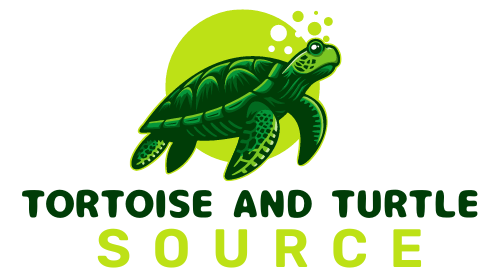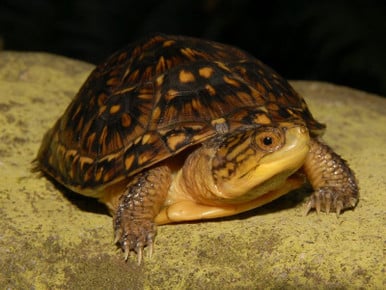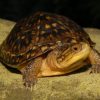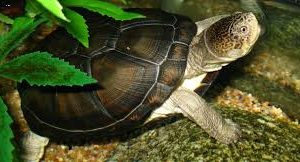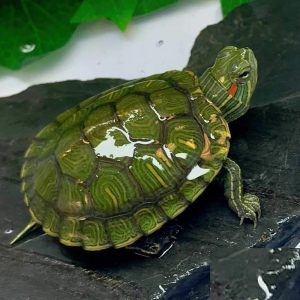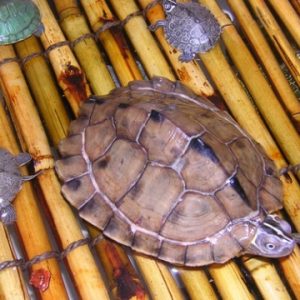The Blanding’s turtle (Glyptemys insculpta) is a species of small freshwater turtles native to the United States. Blandings’ turtles were once widespread throughout much of the eastern half of the country, including southern Ontario, where they were considered abundant. However, their numbers have declined dramatically since the early 20th century. The reasons for their decline remain unclear, and many experts believe the continued loss of habitat may be the primary cause. Blanding’s turtles are protected under the US Endangered Species Act and Canadian Wildlife Act.
having difficulty buying Blanding’s Turtle , Contact Us through Email sales@thetortoisenturtlesource.com call or WhatsApp us through +1 (305) 791- 0536
Key Facts:
• Blanding’s turtles are known for being able to live in saltwater. In fact, some individuals have been observed crossing the strait between Florida and Cuba!
• Blanding’s Turtles are one of only two turtles to lay eggs that hatch directly onto land.
• Blanding’s are known to consume a wide variety of foods, including insects, crayfish, frogs, fish, snails, slugs, worms, and even small mammals.
• Blanding’s turtles are omnivorous; meaning they eat anything and everything.
• Blanding turtles do not hibernate; instead they spend winter months basking in sunlight and absorbing solar energy.
• Blanding Turtles can be identified by their shell pattern, coloration, head shape, and size.
• Blanding´s turtles are popular pets and can be easily cared for due to their nocturnal nature, low maintenance requirements, and docile demeanor.
• Blanding`s turtles are often confused with Red-eared Sliders, however they are larger and have a longer tail.
Source(s):
One of only two North American long necked turtles (Chicken turtles being the other), Blanding’s turtles, much like snake necks, use their long necks to swiftly snap up fish and crayfish. They love to bask, learn to come to feedings and can become very personable. Well started juveniles do well in mixed land and water set ups. In outdoor ponds, the cold is not a problem for adults of this northern species, and yet they can be kept in warmer climates, in shaded, deeper water ponds.
Blanding’s turtles are omnivorous but will eat mostly protein foods i.e.: Pellets, fish, insects, crustaceans and some plants. In the wild their preferred food is crayfish.
Once very common through out their range, recent years have seen their numbers dwindle, as far too many are hit crossing roads.
